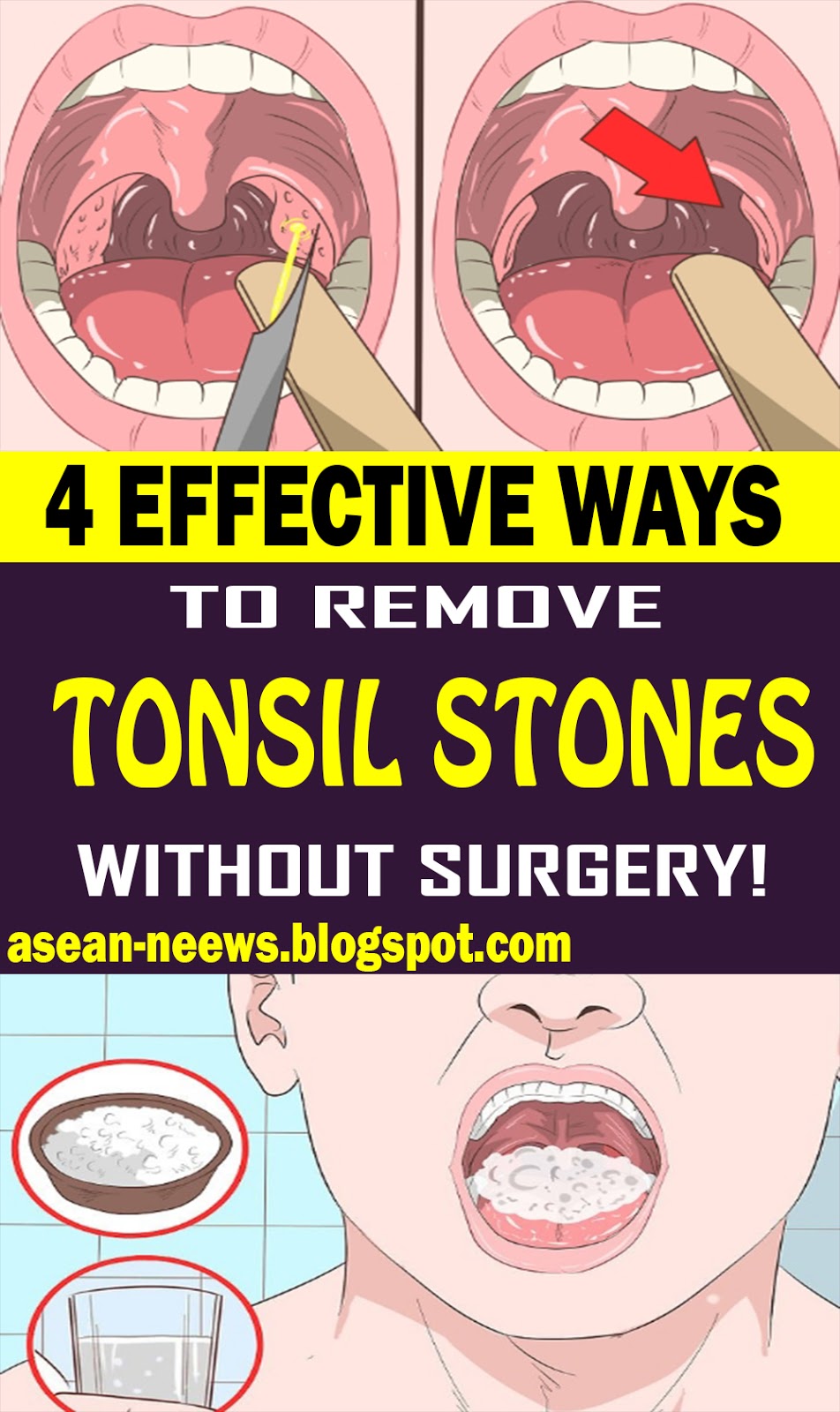Tonsil stones, also known as tonsilloliths, are small, calcified deposits that form in the crevices of the tonsils. While some people may be aware of their presence due to discomfort or an unpleasant odor, others may not even realize they have them, especially when they can't see them. In this article, we will explore effective methods for removing tonsil stones that are not visible, providing you with the knowledge to improve your oral health.
Understanding tonsil stones is the first step in managing them effectively. These stones can lead to a variety of symptoms, including bad breath, sore throat, and difficulty swallowing. It is crucial to address these issues, even if the stones are not easily identifiable. By learning how to remove tonsil stones you can't see, you can alleviate discomfort and prevent future occurrences.
This comprehensive guide will cover various methods for removing tonsil stones, from home remedies to professional treatment options. We will also provide insights into prevention strategies to help you maintain good oral hygiene and minimize the risk of developing tonsil stones in the future. Let's delve deeper into this topic and empower you with the knowledge to take control of your health.
Table of Contents
- What Are Tonsil Stones?
- Symptoms of Tonsil Stones
- Causes of Tonsil Stones
- How to Remove Tonsil Stones You Can't See
- Prevention Strategies
- When to See a Doctor
- Conclusion
What Are Tonsil Stones?
Tonsil stones are hard deposits that form in the tonsils, primarily composed of bacteria, dead cells, and food particles. They can vary in size from small (a few millimeters) to large (up to a centimeter or more). While some tonsil stones can be seen and removed easily, others may remain hidden in the crevices of the tonsils, making them difficult to detect.
Symptoms of Tonsil Stones
Even if you can't see tonsil stones, they can still cause various symptoms, including:
- Bad breath (halitosis)
- Sore throat or discomfort in the throat
- Difficulty swallowing
- Ear pain
- Swollen tonsils
- Visible white or yellow formations on the tonsils (in some cases)
Causes of Tonsil Stones
Tonsil stones develop when food particles, bacteria, and dead cells accumulate in the tonsil crypts. Some of the factors that contribute to the formation of tonsil stones include:
- Poor oral hygiene
- Chronic tonsillitis
- Large tonsils with deep crevices
- Dry mouth
- Diet high in dairy and processed foods
How to Remove Tonsil Stones You Can't See
Removing tonsil stones that are not visible can be challenging. However, there are several methods you can try, which include both home remedies and professional treatment options.
Home Remedies
Home remedies can be effective in managing and removing tonsil stones, even those that are not visible. Here are some popular methods:
- Gargling with salt water: Mix half a teaspoon of salt in a glass of warm water and gargle to help dislodge stones and reduce inflammation.
- Hydration: Drink plenty of water to keep your mouth moist and help flush out debris that could contribute to stone formation.
- Apple cider vinegar: Dilute apple cider vinegar in water and gargle to help break down tonsil stones.
- Using a cotton swab: Gently use a cotton swab to push on the tonsil area and dislodge stones you can’t see.
Professional Treatment Options
If home remedies do not provide relief, consider seeking professional treatment. Options include:
- Manual removal: An ENT specialist can use specialized tools to remove tonsil stones, even those that are not visible.
- Laser tonsil cryptolysis: A minimally invasive procedure that can reduce the size of tonsil crypts, making it less likely for stones to form.
- Tonsillectomy: In severe cases, your doctor may recommend removing the tonsils altogether to prevent future occurrences.
Prevention Strategies
Preventing the formation of tonsil stones is essential for maintaining oral health. Here are some effective prevention strategies:
- Practice good oral hygiene by brushing and flossing regularly.
- Stay hydrated to help flush out food particles and bacteria.
- Avoid smoking and limit alcohol consumption.
- Consider using a water flosser to help clean hard-to-reach areas.
When to See a Doctor
If you experience persistent symptoms related to tonsil stones, such as severe pain, difficulty swallowing, or recurring infections, it is essential to consult a healthcare professional. Early intervention can prevent complications and improve your overall health.
Conclusion
In summary, tonsil stones can be an uncomfortable and bothersome condition, especially when they are not visible. By understanding the symptoms, causes, and effective removal methods, you can take proactive steps to manage this issue. Remember to prioritize good oral hygiene and consult a healthcare professional if necessary. If you found this article helpful, please leave a comment, share it with others, or explore more content on our site for additional health tips.
We hope this article has provided you with valuable insights into how to remove tonsil stones you can't see. Stay tuned for more informative content, and take care of your oral health!
Article Recommendations


